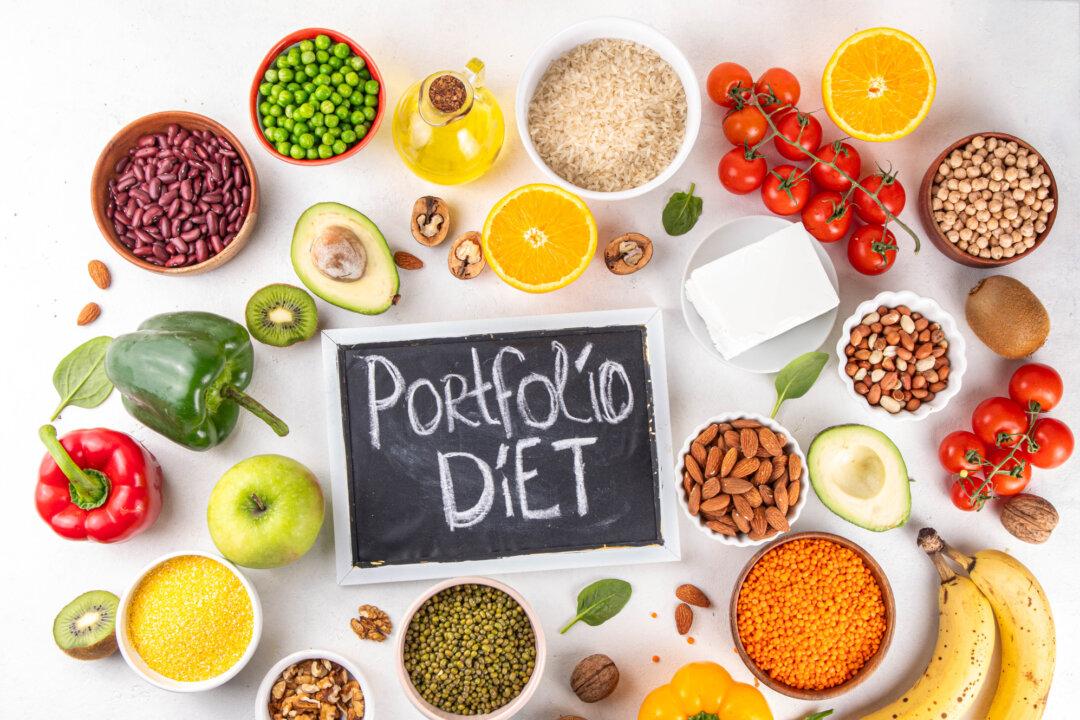When you hear “heart-healthy diet,” you probably think of the Mediterranean or the Dietary Approaches to Stop Hypertension (DASH) diets or perhaps even the Blue Zone way of eating. To some degree, what all these diets have in common is an emphasis on eating a whole-food, plant-based diet.
However, there is one other heart health focused diet that often gets overlooked. The Portfolio Diet might not be as buzzworthy as more celebrated diets, but this eating plan can also bolster cardiovascular health by encouraging us to eat more specific plant-based foods.





